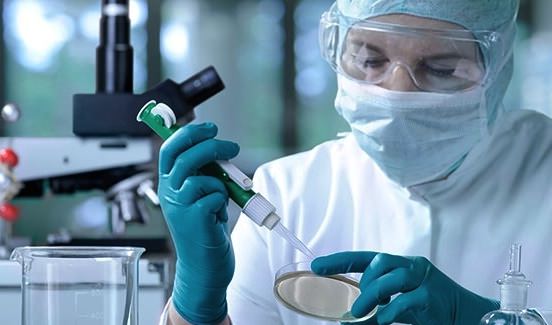Researchers are reporting the first strong evidence that human embryonic stem cells may be helping patients.
The cells appear to have improved the vision in more than half of the 18 patients who had become legally blind because of two progressive, currently incurable eye diseases.
However, the more immediate goal of the phase one clinical trial was to test the safety and tolerability of the operation, which involved injections with three different doses – 50,000, 100,000 and 150,000 cells – said Robert Lanza, chief scientific officer of Advanced Cell Technology in Marlborough, Massachusetts.
No adverse safety issues were found during the three years that the 18 patients were monitored. There was also evidence that the injected cells had survived, and had contributed to an improvement in the eyesight of some patients, Dr Lanza said.
“About half of the patients had an improvement in visual acuity of three lines or more, which corresponds to a doubling of the visual angle, and is generally accepted as clinically significant,” Dr Lanza said.
“To understand what this means, let’s assume you’re six feet tall. If a patient can now see you after treatment, then before treatment you would have to have been 12 feet high – taller than a flagpole – in order for them to see you,” he said.
One 75-year-old rancher from Kansas, who was effectively blind in one eye before the treatment, improved to such an extent that he was able to ride a horse again. Other patients reported that they could use their computers or could go shopping, Dr Lanza said.
Follow-up testing found that 10 out of the 18 patients experienced substantial improvements in how well they could see, according to the study published in the journal The Lancet.
Agencies/Canadajournal
 Canada Journal – News of the World Articles and videos to bring you the biggest Canadian news stories from across the country every day
Canada Journal – News of the World Articles and videos to bring you the biggest Canadian news stories from across the country every day



